SUMMARY
This is AI generated summarization, which may have errors. For context, always refer to the full article.
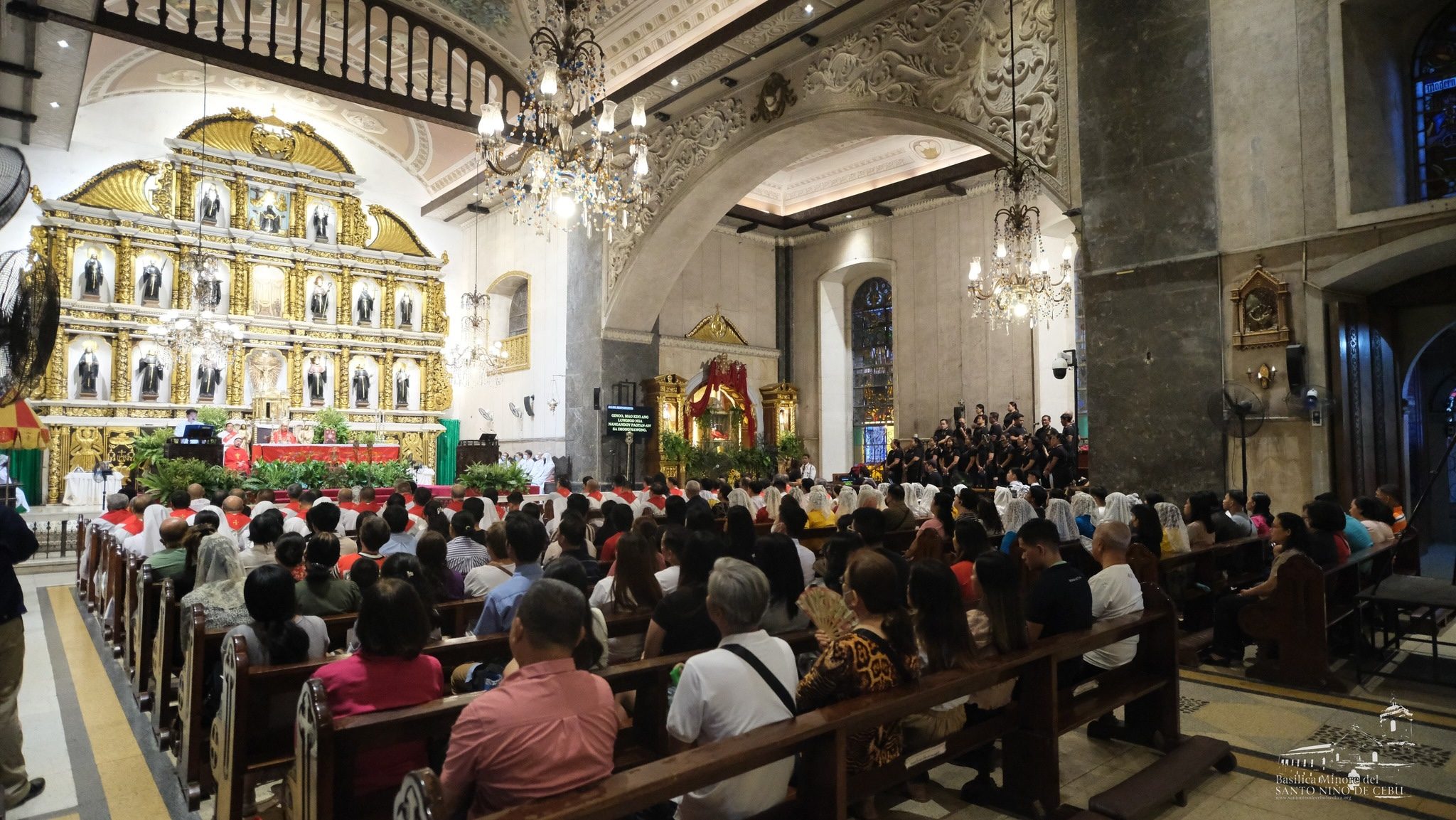
CEBU, Philippines – The last week of the Lenten season is a time of meditation and sacrifice. In this period that is known as Holy Week, Cebuanos make their way to their hometowns in the province to spend time with family and to honor the Lord.
Most friends and relatives prepare the binignit, a popular Visayan dish made especially for devotees who are fasting. Others commemorate Holy Week by visiting at least seven churches.
The practice, known as Visita Iglesia (Church Visit), typically begins in the evening of Holy Thursday until Good Friday. During this time, devotees attend prayer vigils in the churches.
In the old days, some faithful would walk barefoot from one church to another while carrying a cross as an act of piety and to show one’s love for Jesus Christ who also carried the cross.
For Cebuanos looking forward to their Visita Iglesia, here is a list of Catholic churches recommended by locals for the Holy Week tradition.
Basilica Minore del Santo Nino de Cebu
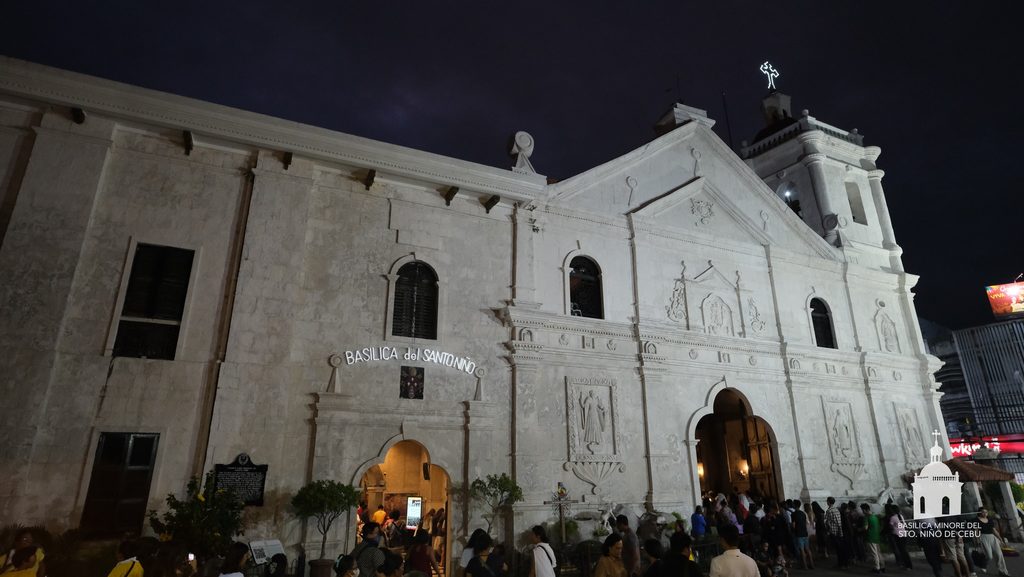
The Basilica Minore del Santo Nino de Cebu, located in Cebu City, is the oldest Catholic Church in the country. It was built in 1565 and hosts the Image of the Senior Santo Niño or the Holy Child Jesus.
The Image of the Senior Santo Niño is known as the oldest religious relic in the country, brought here by Portuguese explorer Ferdinand Magellan in 1521, making it more than five centuries old.
In 1973, the church was declared a National Historical Landmark and is known nationwide as the convergence center for the annual Fiesta Señor and Sinulog celebration.
Nuestra Señora de Regla
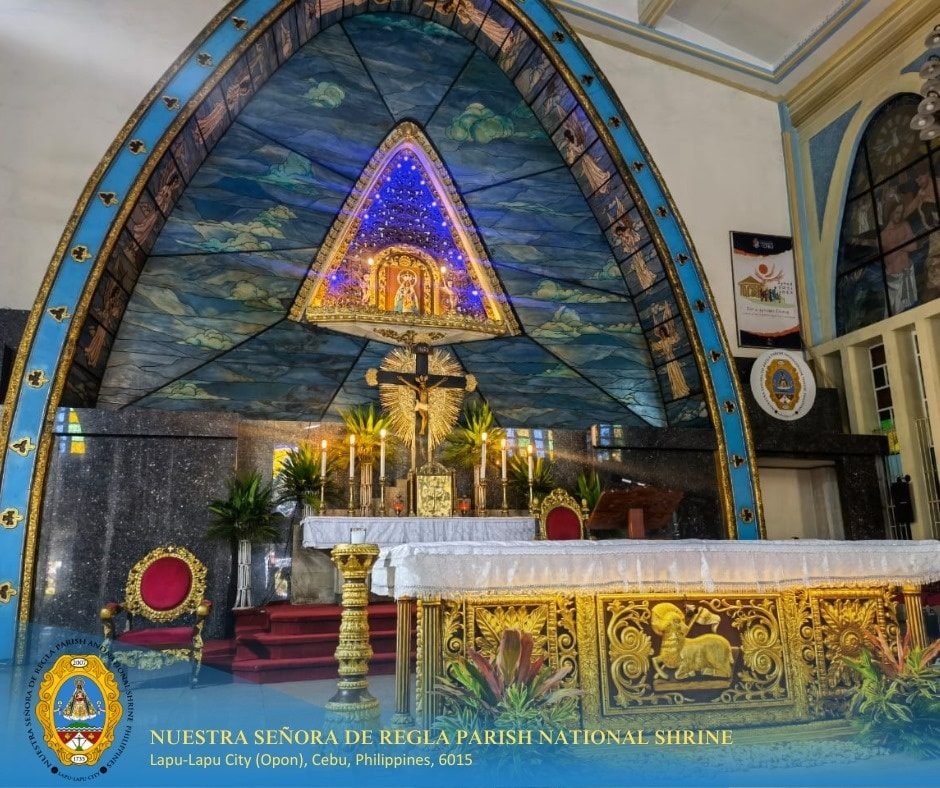
The Nuestra Señora de Regla is a National Shrine in Lapu-Lapu City. It is beloved by locals for the miracles and prosperity it was said to have bestowed upon them.
The story is traced back to the city’s first parish priest, Francisco Avalle, an Augustinian friar who introduced the people of Opon (the old name of Lapu-Lapu City) tp the Virgen de la Regla or the Lady of Rule.
It is said that during World War II, residents fled to the church whenever bombs were being dropped on the island of Mactan and they would be kept safe no matter what.
Since then, Oponganons have prayed for miracles, favors, protection from evil forces, and healing from the Lady of Rule.
Saint Gregory the Great Parish Church
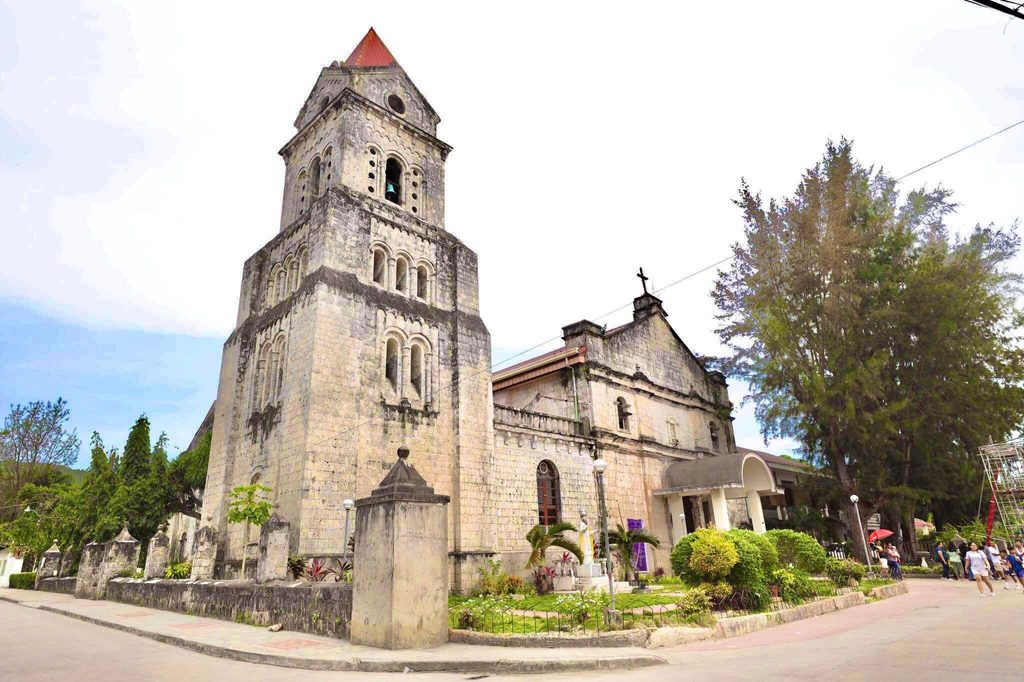
Located in the heart of the southwestern town of Ginatilan, the Saint Gregory the Great Parish Church has been around since the early 19th century.
Based on documents, it was formally founded on February 2, 1829 and was made into a parish on October 5, 1847. Locals describe the church as a reminder of the old world as it is completely built with coral.
Devotees flock to the church every second Sunday of March during the feast day of Saint Gregory the Great and the Hinatdan Festival which happens every second week of March.
Saint Catherine of Alexandria Church
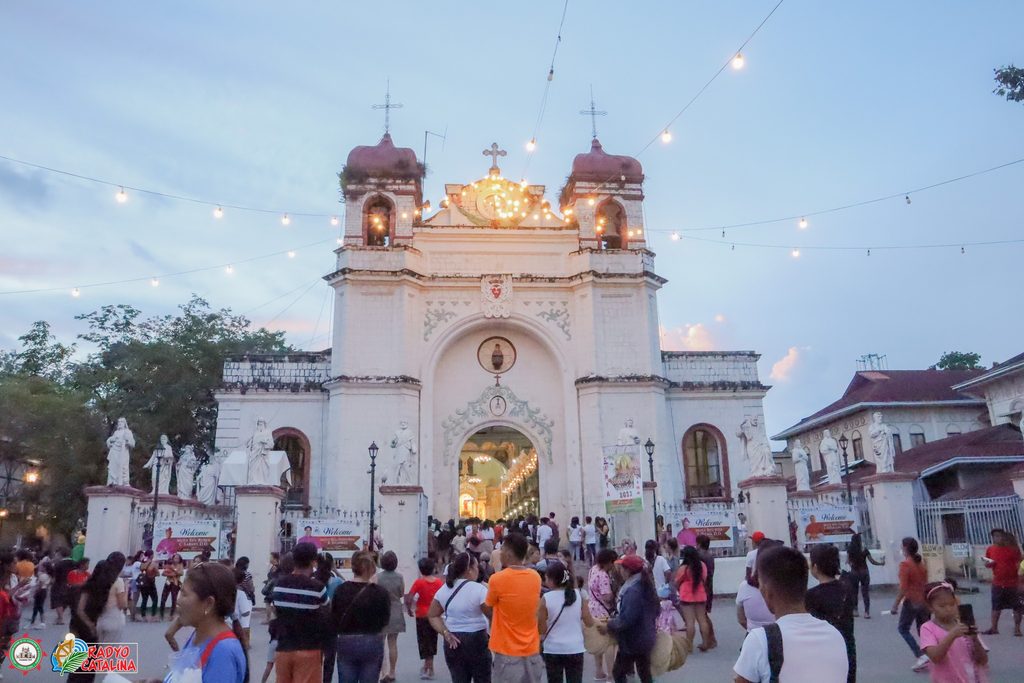
Also known as the Santa Catalina de Alejandria Church, the Saint Catherine of Alexandria Church was founded in 1599 and completed in 1876.
Prior to its completion, it faced numerous attacks by sea pirates that pushed Spanish priests to move it from its original location in Sialo (the old name of Barangay Valladolid) to its current location in Carcar City.
On September 25, 2017, the National Historical Commission of the Philippines (NHCP) finished restoring the church after it was damaged by an earthquake in 2013, and installed a Level II heritage marker on the church.
San Narciso Parish
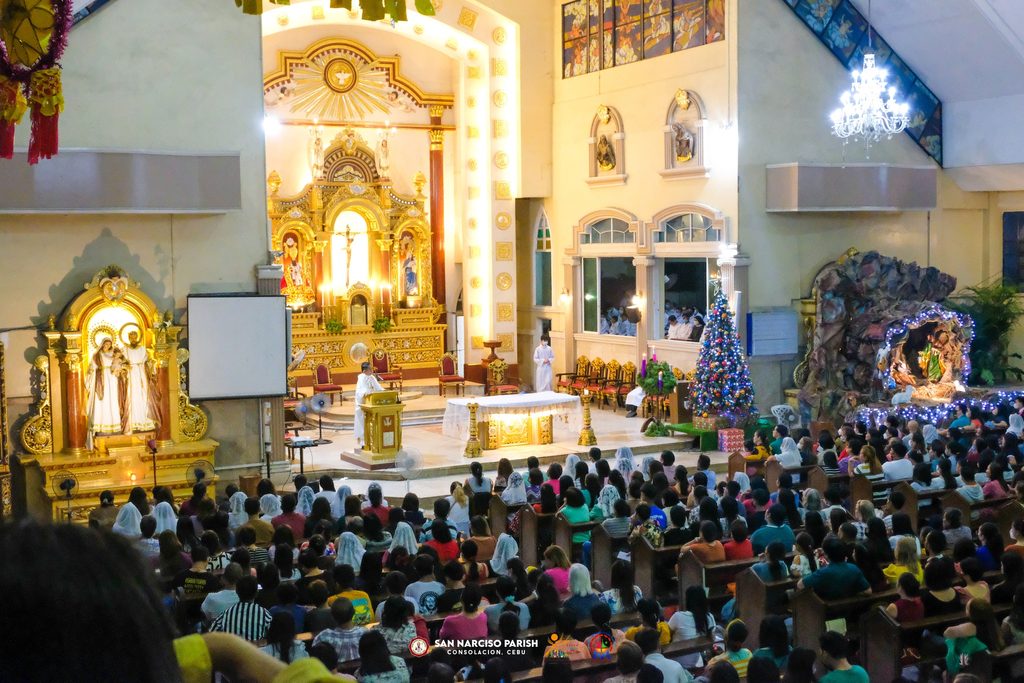
The San Narciso Parish or the Consolacion Church, located in the northern coastal town of Consolacion, is known for being a “persevering” monument.
The construction of the church first began in 1863. Numerous Augustinian friars were sent to the town to manage the parish’s development but failed to complete the structure.
It was only after the Philippine Revolution against Spanish colonial rule in 1898 that the Divine Word Missionaries took over and finished building the church.
Our Lady of Sorrows in Ronda
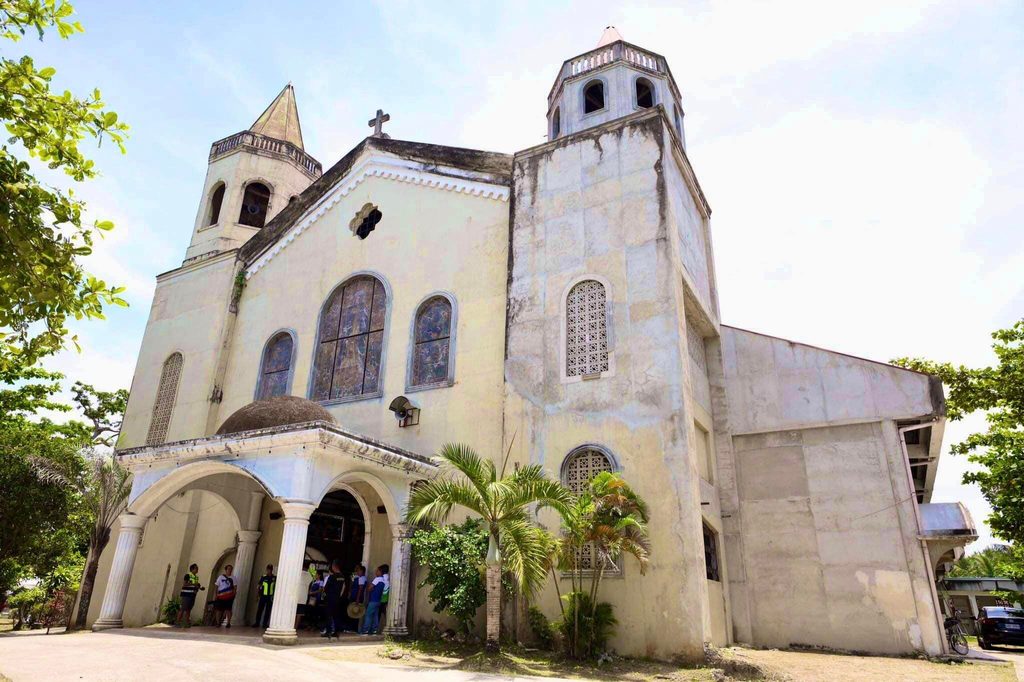
The Nuestra Señora de los Dolores Church, more commonly known as the Our Lady of Sorrows Church in the southern town of Ronda, is dedicated to the Blessed Mother.
Official church documents confirmed that the parish was founded on June 17, 1881, making it one of the youngest parish churches among municipalities in Cebu.
Based on an excerpt from Balaanong Bahandi: Sacred Treasures of the Archdiocese of Cebu by Louella Alix, the church was originally made with wood and cogon roofing but was replaced with a stronger, reinforced structure sometime in the 20th century.
Simala Shrine
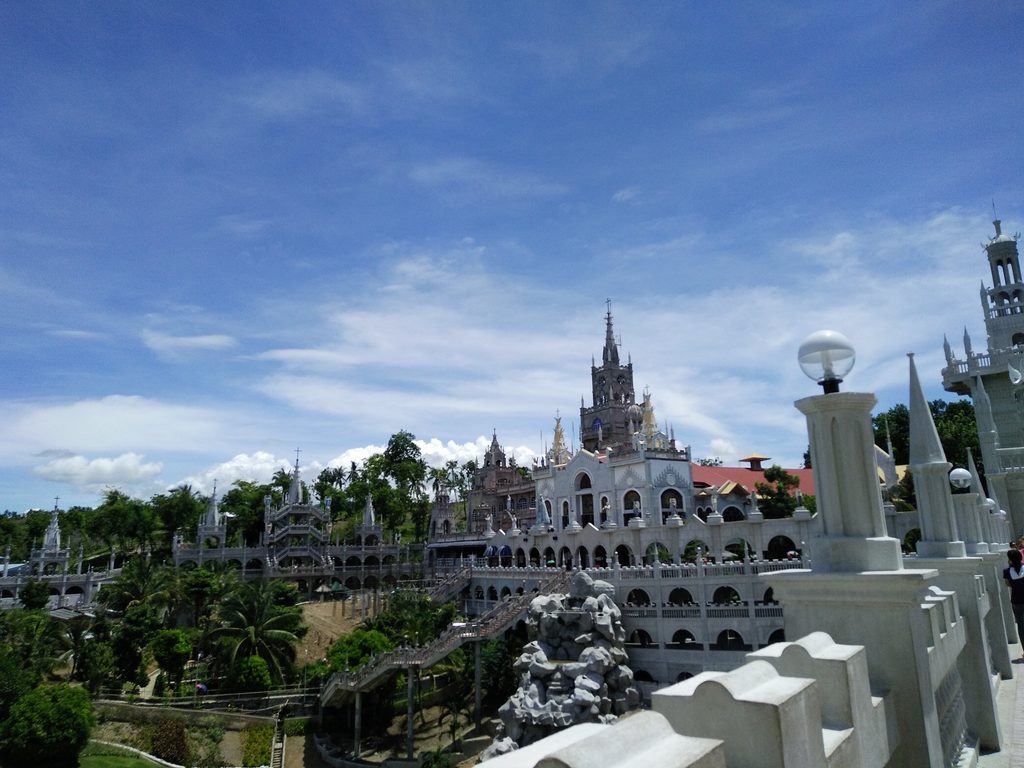
Built by the Marian Monks of Eucharistic Adoration (MMEA) around 1998 in Sibonga town, the church is a well-known pilgrimage site due to its castle-like features.
Immediately upon entering, you will find a huge replica of the Image of the Blessed Virgin Mary and a grand view of the pond surrounded by greenery.
Most devotees visit the castle church to write letters to the Blessed Virgin Mary and visit her image, which many testimonies have alleged, shed tears of blood. – Rappler.com
Add a comment
How does this make you feel?








![[Pastilan] When ‘till death do us part’ sounds like a threat](https://www.rappler.com/tachyon/2024/06/TL-woman-divorce-abuse-june-11-2024.jpg?resize=257%2C257&crop_strategy=attention)

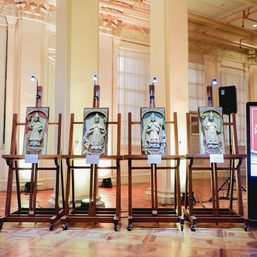
![[OPINION] Church heritage is God’s story](https://www.rappler.com/tachyon/2024/04/church-heritage-april-26-2024.jpg?resize=257%2C257&crop=409px%2C2px%2C1077px%2C1078px)
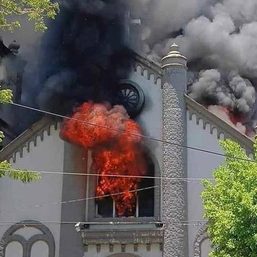

![[WATCH] Binignit for Holy Week](https://www.rappler.com/tachyon/2021/03/binignit.jpg?resize=257%2C257&crop_strategy=attention)

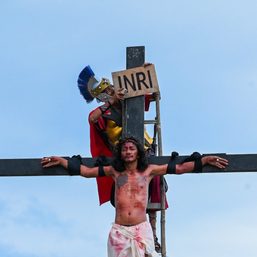
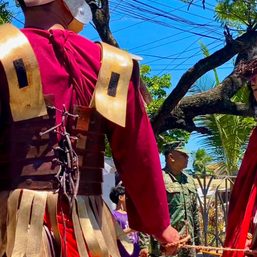
There are no comments yet. Add your comment to start the conversation.